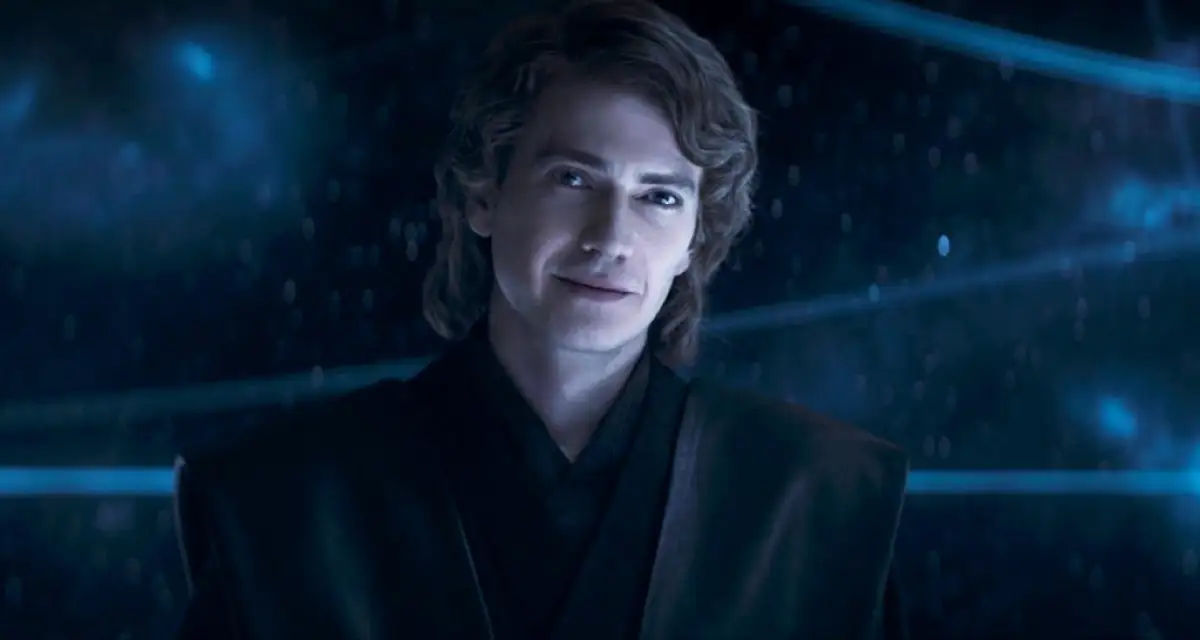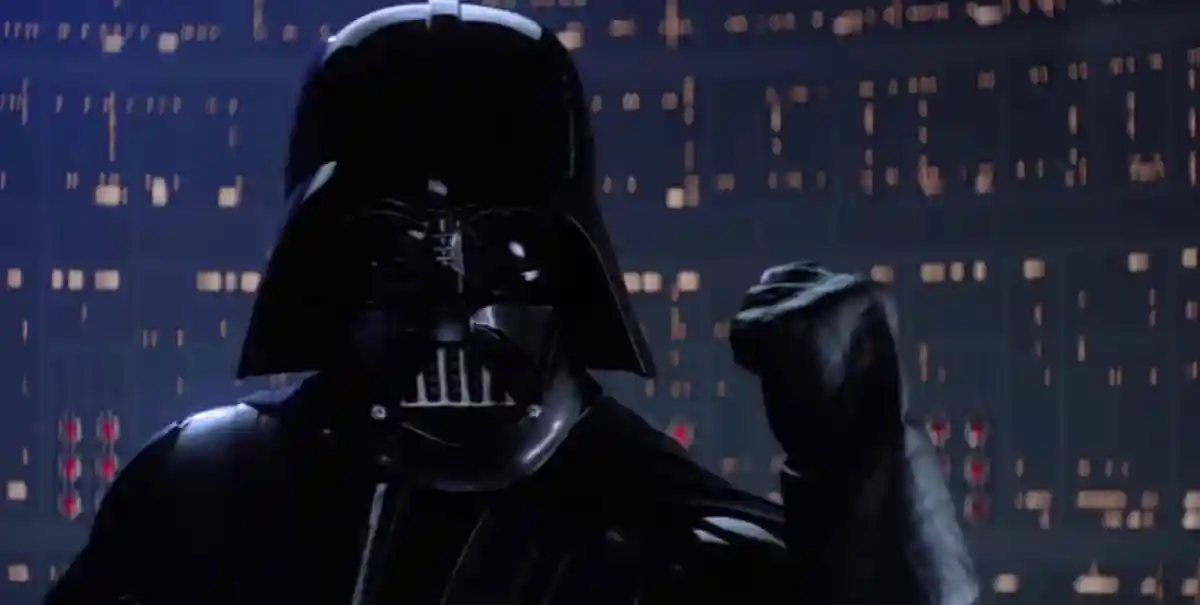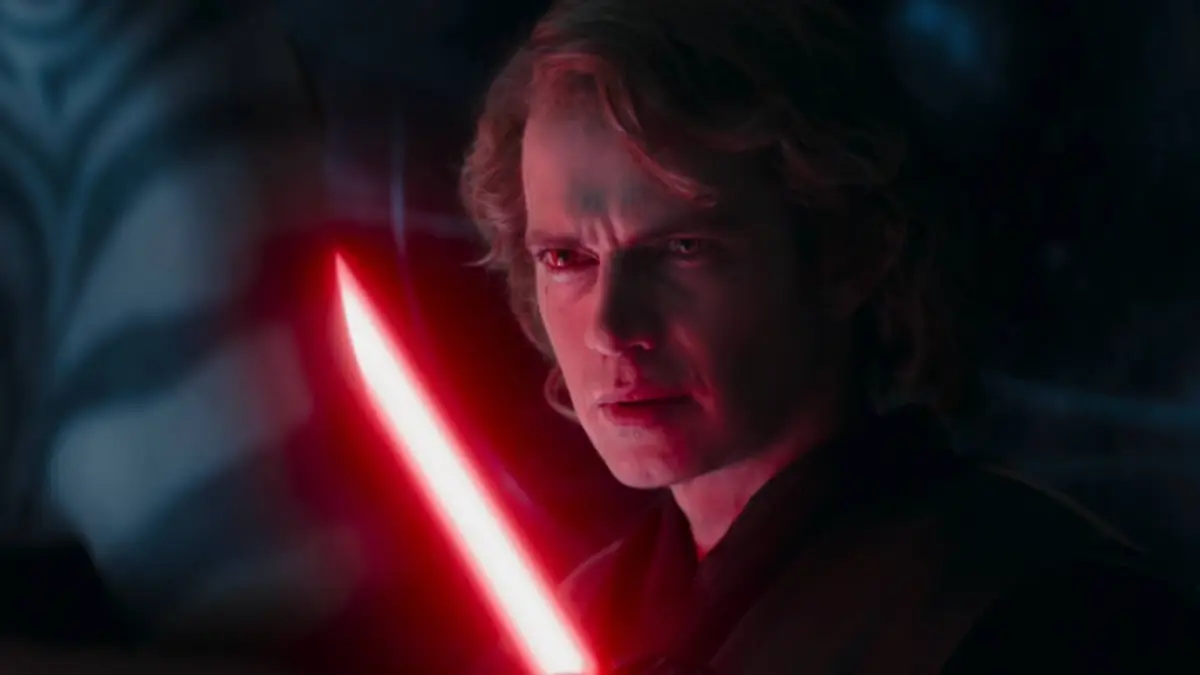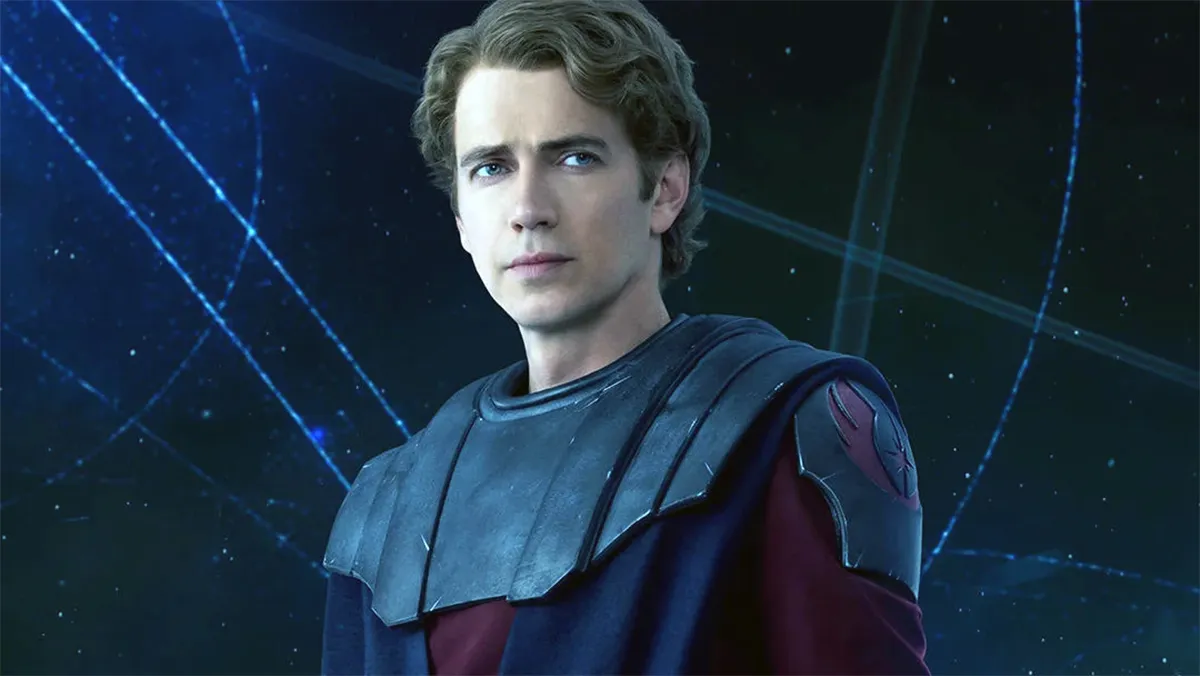Warning: The following article on Ahsoka’s obsession with rehabilitating Anakin Skywalker, AKA Darth Vader, contains spoilers for the Star Wars show.
Star Wars has always been a generational saga. It is practically a cliché to state that Star Wars is a story about parents and children.
The nine-film “Skywalker Saga” follows three generations of the family: Anakin Skywalker (Jake Lloyd, Hayden Christensen), his children Luke Skywalker (Mark Hamill) and Leia Organa (Carrie Fisher), and finally Leia’s son Ben Solo (Adam Driver). Even outside of the spine of the series, Star Wars is a saga about dad stuff. Jyn Erso (Felicity Jones) deals with the legacy of her father Galen (Mads Mikkelsen) in Rogue One: A Star Wars Story, while Din Djarin (Pedro Pascal) becomes a surrogate father to Grogu in The Mandalorian.
Related: Every Episode of Ahsoka, Ranked From Worst to Best

Indeed, it’s interesting to note the shifting dynamics of that central theme across the decades of franchise history. In particular, there has been a sharp shift in the franchise’s understanding of the relationship between parents and children over the past five years, and one that is typified by the teacher/student dynamic at the heart of Ahsoka, between Anakin Skywalker and his now-fully-grown padawan Ahsoka Tano (Rosario Dawson).
The earlier Star Wars films suggested that progress was an incremental process. Watching the prequel Star Wars trilogy, there was a sense that each generation might be better than the last. Discovered by Qui-Gon Jinn (Liam Neeson) on the desert planet of Tatooine, Anakin was “the Chosen One.” As his mentor Obi-Wan Kenobi (Ewan McGregor) screams during their battle on Mustafar, Anakin was expected to “bring balance to the force.”
Of course, Anakin failed to do this. He was seduced by the monstrous Sheev Palpatine (Ian McDiarmid). He supported Palpatine in his coup of the Galactic Republic, during which Palpatine declared himself Emperor of “the First Galactic Republic.” As Darth Vader (David Prowse, James Earl Jones), Anakin became Palpatine’s enforcer. He massacred children at the Jedi Temple, and crushed any resistance to Palpatine’s rule. Anakin betrayed all the faith that had been placed in him.
Luke grew up in the shadow of the Empire, the galaxy as it had been remade by his father. In the original Star Wars, an older Obi-Wan Kenobi (Alec Guinness) beguiles Luke with stories of his father as a heroic figure, “the best star pilot in the galaxy, and a cunning warrior.” In Obi-Wan’s retelling, Anakin was “betrayed and murdered” by Darth Vader. In Return of the Jedi, Obi-Wan acknowledges that he bent the facts slightly, insisting that what he said “was true… from a certain point of view.”
Related: Ahsoka Is About Star Wars’ Obsession with Continuity
In The Empire Strikes Back, Luke is confronted with the reality that Anakin and Darth Vader are the same person. The original Star Wars trilogy resonated with Baby Boomers, a generation that was grappling with “the mistakes of their parents.” Darth Vader literalizes this. As Paul Duncan notes, Star Wars was the product of a generation that inherited “the Vietnam War, Watergate, the resignation of President Richard Nixon, and a general air of pessimism, doom, gloom, and paranoia.”
Luke seems to have made peace with this by Return of the Jedi. If Star Wars and The Empire Strikes Back spoke to the anxieties of the 1970s, then Return of the Jedi embodied the cynicism of the 1980s. This was the era where yippies had transformed to yuppies, a transition at the heart of Philip Kaufman’s Invasion of the Body Snatchers and typified by one-time-counter-culture radical Jerry Rubin. By the 1980s Rubin had gone from yelling “kill your parents!” to trading on Wall Street.
In Return of the Jedi, Luke seems to be largely beyond the trivial concerns of toppling the Empire. He is primarily concerned with reconciling with his father, to the point of endangering a high-stakes mission to fulfill this objective. As much as Vader has a “redemption” in Return of the Jedi, it is not a redemption in any meaningful objective sense. He sacrifices himself by siding with Luke and murdering Palpatine, exactly what he promises to do at the climax of The Empire Strikes Back.
Vader doesn’t use his last breath to order an Imperial surrender. He doesn’t apologize for his complicity in decades of monstrous acts. He doesn’t seek atonement from any of his victims. In his final moments, he exists to validate Luke’s opinion of him, to tell Luke that Luke was right about him. Return of the Jedi ends with Luke burning his father’s body on the forest moon of Endor. In that very 1980s self-help “me decade” way, Luke has freed himself from the shadow of his father.
There is a sense of iterative progress to this, however clumsy. Anakin created a broken world. Luke grew up in that world, confronted his father’s complicity in it, and made the choices that he needed to make to work through that. The final shots of Return of the Jedi are Luke acknowledging the ghost of his father, before turning away to join the celebrations with Leia. He can leave his father in the past. Luke can move on with his life. The final shot is an iris-out on the younger generation.
This carries over to the early Disney movies. In Rogue One, for example, Galen Erso relies on his daughter Jyn to redeem him. Galen is complicit in the construction of the Death Star. He dies halfway through the movie, but not before passing on vital information to his daughter. He has hidden a weakness in the Death Star, and the galaxy’s best hope lies in the possibility that Jyn might find the fatal flaw in the horrific death machine that her father has designed.
Rian Johnson wove this idea into The Last Jedi. There, Luke is left contemplating the broken universe that he created for the generation that will follow him. “We are what they grow beyond, that is the true burden of all masters,” explains the force ghost of Yoda (Frank Oz), Luke’s old master. These earlier Star Wars films understand that each generation aspires for their successor to surpass them, to go further and to do better. That is the nature of the relationship between parents and children.
Related: Ahsoka’s Age in Every Star Wars Show

However, it seems like more recent Star Wars projects have forgotten this. It began with The Rise of Skywalker, a movie that is essentially about how children will never escape the shadow of their parents. These can often feel like midlife crises disguised as popcorn entertainment, an older generation seeking the validation that they are still as virile and dynamic as ever. In these projects, younger generations exist largely to validate their predecessors, to assure them of their importance.
This is particularly obvious even in Ahsoka. Despite being set in the wake of Return of the Jedi, it features a surprising amount of Anakin Skywalker, with Hayden Christensen appearing in four of the show’s final five episodes. He’s introduced in the cliffhanger to the fourth episode, is a centerpiece of the fifth episode, appears via holorecording in the penultimate episode, and reappears at the end of the finale. Ahsoka devotes a lot of time to Anakin’s relationship to Ahsoka.
This makes a certain amount of sense. Anakin was Ahsoka’s mentor, and she is largely defined by him. It is perfectly reasonable that Ahsoka would feel some anxiety about being trained by a child-murdering fascist monster. Has she inherited any of that? Does she carry that violence inside of her? Ahsoka deserves some reconciliation with Anakin, like that enjoyed by Luke in Return of the Jedi. At the very least, she needs to know she is more than Anakin, that she has grown beyond him.
Unfortunately, like so much modern Star Wars, Ahsoka is too nostalgic and too beholden to this older generation to let this be a story about Ahsoka. The younger characters in Ahsoka are not allowed any meaningful agency. Most obviously, the show’s plot line focusing on Hera Syndulla (Mary Elizabeth Winstead) is resolved with the last minute intervention of Leia, despite the fact that Carrie Fisher passed away in 2016. Even after actors die, their characters still occupy the center of the narrative.
Crucially though, Ahsoka seems to use Ahsoka’s relationship with Anakin as a way to validate Anakin rather than to develop Ahsoka. In the season finale, Grand Admiral Thrawn (Lars Mikkelsen) addresses Ahsoka over the radio, their first interaction. “I regret we haven’t met face to face, and perhaps now we never shall,” he concedes. “Still, I know you because I knew your Master.” Even in another galaxy, Ahsoka will never be more than Anakin’s apprentice.
Frustratingly, the emphasis on this relationship seems like an effort to rehabilitate Anakin. In doing so, it glosses over salient details like the character’s mass murder of children. “Ahsoka, within you will be everything I am,” he explains. He insists that she is “part of a legacy.” She replies, “But my part of that legacy is one of death and war.” Rather than suggesting that Ahsoka might be more than he is, Anakin makes the conversation about himself. “You are more than that, because I’m more than that.”
Related: Why Ahsoka Refused to Train The Mandalorian’s Grogu

If anything, this spiritual conversation seems to bring Ahsoka closer to Anakin rather than serving as a catalyst for her to break free of him. In the penultimate episode, she finds herself watching old training videos of him. In the final moments of the season finale, even as Ahsoka tells her own pupil Sabine Wren (Natasha Liu Bordizzo) that “it’s time to move on,” it’s revealed that the force ghost of Anakin is still looking out for her. He smiles, as if bestowing a blessing upon his errant pupil.
Pointedly, this sequence is a direct inversion of the closing moments of Return of the Jedi. As with Return of the Jedi, Ahsoka and Sabine leave the ghost to return to their settlement. However, while Return of the Jedi ends with Luke enjoying his new life freed from his father, Ahsoka lingers on Anakin. The closing shot of Return of the Jedi is of a younger generation truly come into their own. The closing shot of Ahsoka is a reminder that the older generation will always be there. They are inescapable.
The older Star Wars movies imagined a world where children might surpass their parents. The original Star Wars movies seemed to agree with the argument put forth by Barbie earlier this summer, that parents stand still so that their children “can look back to see how far they’ve come.” It’s a utopian ideal, built on the hope that every parent has that their children might have a better life. It is perhaps revealing that very few parents still believe that today.
Since The Rise of Skywalker, it increasingly seems like these younger generations exist primarily to validate and glorify what came before, to flatter and reassure their predecessors. Is it any wonder that younger generations aren’t engaging with these franchises? In some ways, it feels appropriate that Ahsoka ends with a shot of Anakin smirking at the camera. It makes sense that Anakin would assume this entire story is about him. It’s a problem that the show seems to agree with him.






Published: Oct 11, 2023 09:00 am